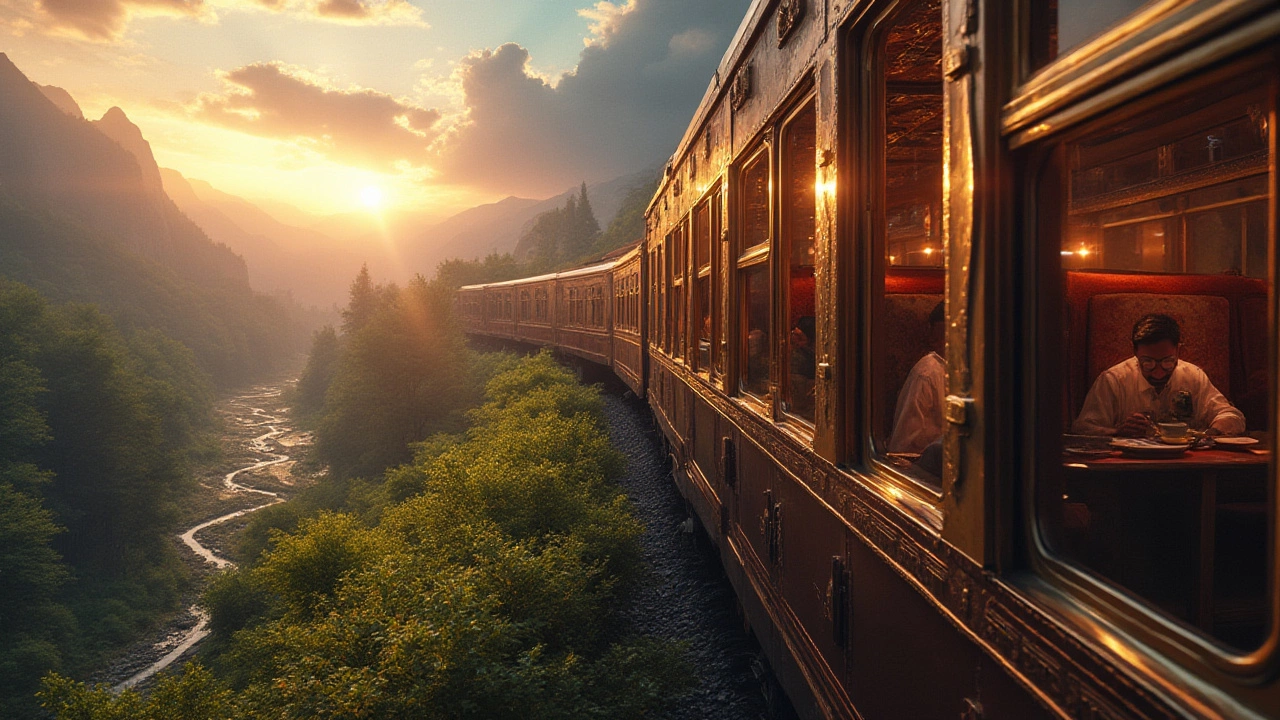Train Vacations USA: What You Need to Know Before You Ride
When you think of train vacations USA, a way to travel across America by rail with comfort, views, and minimal hassle. Also known as rail travel in America, it’s not just about getting from point A to B—it’s about the journey itself. Unlike flying or driving, train trips let you watch mountains roll by, rivers twist through valleys, and deserts glow at sunset—all from a cozy seat with a cup of coffee in hand.
Amtrak, the national passenger rail service that connects over 500 destinations across the U.S. runs most of the popular routes for these trips. Whether you’re heading from Chicago to New Orleans on the City of New Orleans, or coast to coast on the California Zephyr, these aren’t just buses with wheels—they’re moving hotels with dining cars, observation lounges, and sleeping berths. You don’t need to book a private jet to feel like you’re on a luxury trip. The scenic train routes, rail journeys designed to showcase America’s most breathtaking landscapes are built for slow travel. The Rocky Mountains, the Pacific Coast, the red rocks of the Southwest—they’re all visible from your window, no hiking boots required.
People often assume train vacations are only for retirees or history buffs. But that’s not true. Families use them to escape screen time. Solo travelers love the quiet rhythm. Couples pick them for romantic getaways without the crowds. The key is picking the right route. The Southwest Chief runs through the heart of Native American lands and desert canyons. The Empire Builder crosses the northern plains and Glacier National Park. The Coast Starlight hugs the Pacific from LA to Seattle with views you won’t find on any Instagram feed.
Costs vary. A basic seat on a short route might cost less than a hotel night. A private room on a cross-country trip? That’s closer to a mid-range vacation package. But you’re paying for more than transport—you’re paying for meals, included luggage, and the freedom to walk around, read, nap, or just stare out the window. No traffic. No gas stations. No airport security lines.
What’s missing from most guides? The small details. Like how to get the best deals (book early, travel midweek), what to pack (a light jacket for chilly nights, snacks for the dining car), and which routes actually deliver on the promise of scenery (some are flat, some are dramatic). You don’t need a travel agent. You don’t need to splurge. You just need to know where to look.
The posts below cover real trips, real experiences, and real advice—from how to pick a sleeper car to why some routes are better in spring versus fall. You’ll find tips on budgeting, timing, and what to expect once you’re on board. No fluff. No hype. Just what works for people who’ve actually taken the ride.
